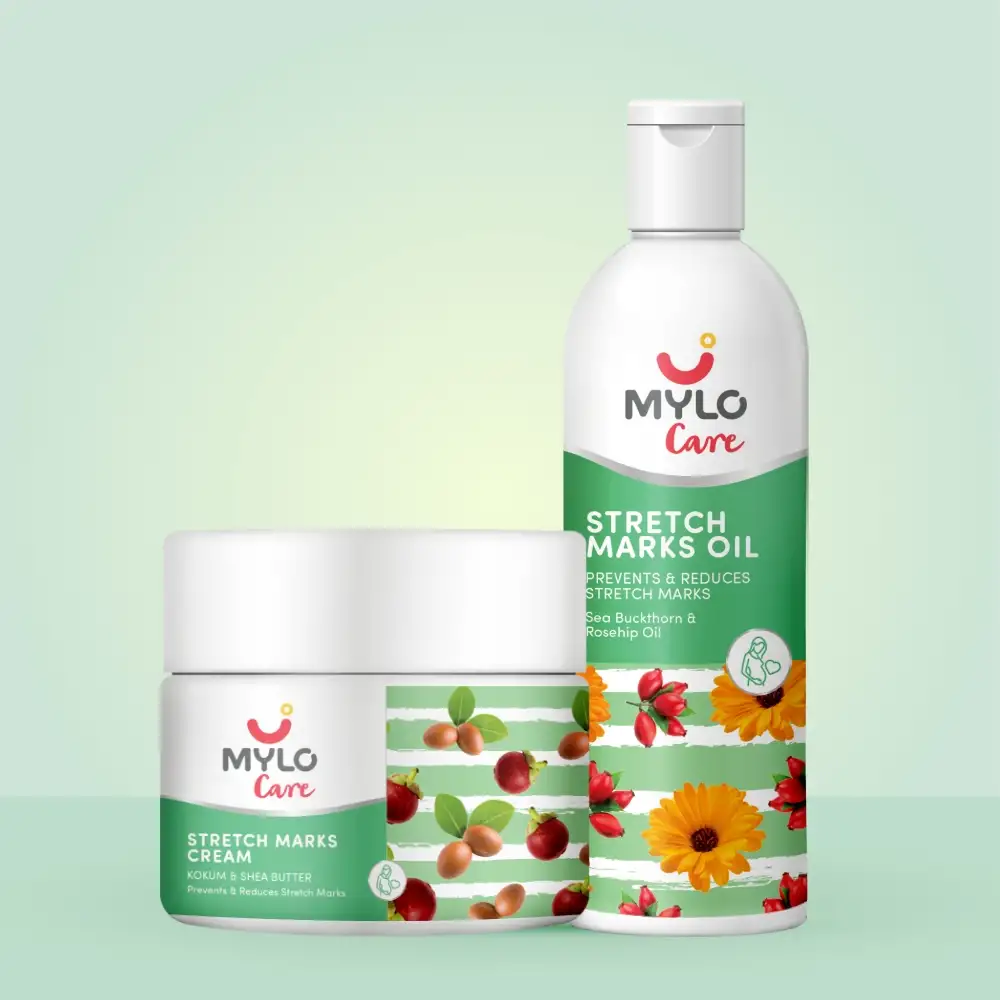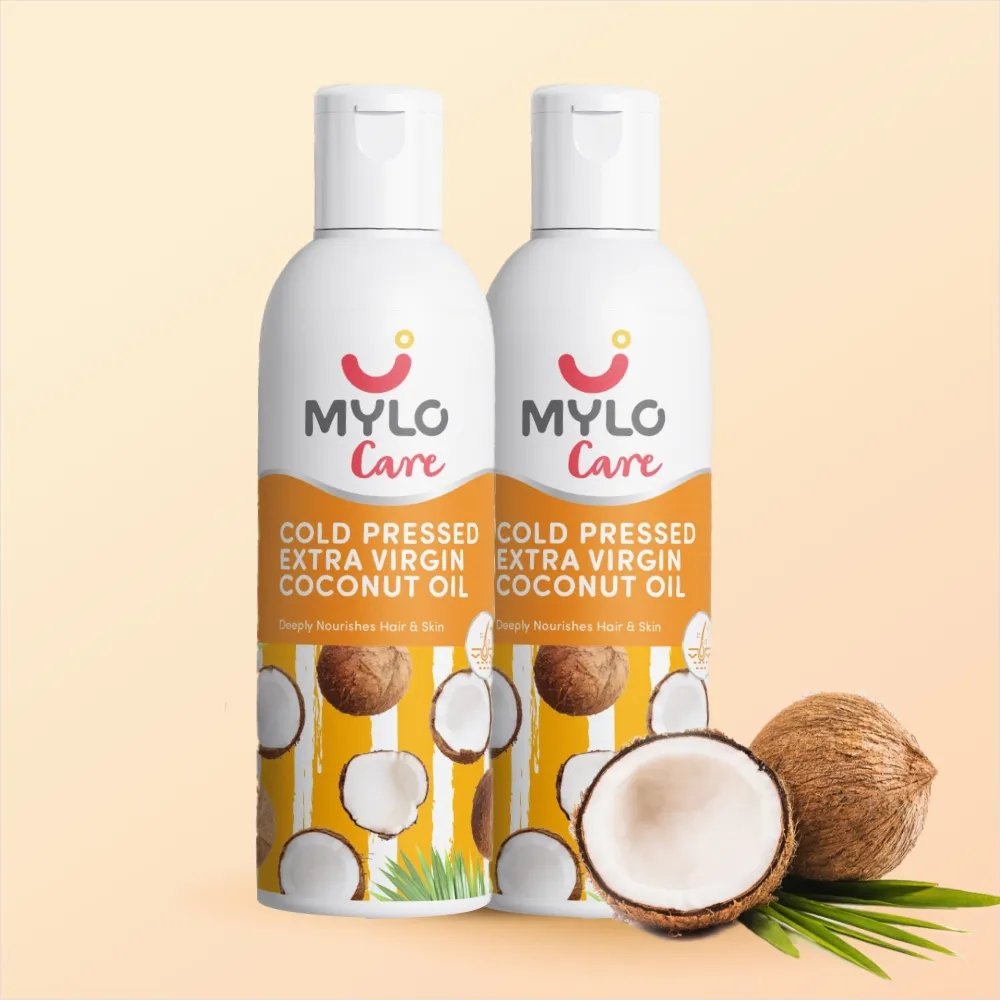
VIEW PRODUCTS
Article Continues below advertisement
In this Article
CSec
Why Does C-Section Scar Hurt Years Later & What You Can Do About It?
Updated on 3 November 2023



Medically Reviewed by
Dr. Shruti Tanwar
C-section & gynae problems - MBBS| MS (OBS & Gynae)
View Profile

Article Continues below advertisement
Women often think, why does my C-Section scar hurt years later. It can be difficult to understand why a scar from years ago still causes pain. Cesarean sections (C- Section) are one of the most general surgical procedures for childbirth. This type of surgery can be necessary to protect both the mother's and baby's health. After a cesarean section, the recovery time for the mother is longer than after a vaginal delivery. So, before seeking a new pregnancy, it is recommended to wait until the recovery process has finished.
Recovery after C-Section includes complete healing of the incisions of both the abdominal wall and the uterus, which usually takes about six months. The pain in the c-section scar can appear at any time, from a few months to even years after the surgery and can be frightening and debilitating for some women. This article will discuss the possible causes of C-Section scar pain years after having a baby, the associated symptoms, and the available treatments.
Scar Tissue Meaning
Scar tissue is a type of tissue that forms to replace normal tissues after injury or surgery. A scar usually occurs when the body must repair and heal from an injury. During c-section surgery, the surgeon will make an incision in the woman's abdomen, which results in scar tissue forming at the site of the wound. There are different types of scar tissue. Below are some common types of scar tissue:
1. Hypertrophic scars
These are raised and red but do not extend beyond the boundary of the original wound.
2. Keloid scars
These are raised and red but extend beyond the boundary of the original wound.
Article continues below advertisment
3. Atrophic scars
These are sunken and often have a pitted appearance.
4. Contracture scars
These are formed by burns and limit the movement of the skin because they are tight and restrictive.
It is essential to understand what type of scar tissue has formed to determine the cause of scar pain. In some cases, the pain may happen by pressure or tension in the area due to scar tissue formation. In other cases, the pain may be caused by an inflammation of the area due to a buildup of scar tissue.
You may also like: When Can I Start Bending After C-Section
What are the Symptoms of C-section Scar Tissue Pain?
The symptoms of C-section scar tissue pain may vary depending on the type and severity of the scarring. Common symptoms include:
Article continues below advertisment
1. Tenderness or discomfort in the area
2. Burning sensation
3. Aching pain that is worse when sitting, standing, or lying down
4. Pain when pressure is applied to the area
5. Swelling in the area
Article continues below advertisment
6. Difficulty moving the affected area due to tightness
7. Redness or discolouration in the area
It is essential to see the doctor if women experience any of these symptoms, as it may be a sign that something is wrong. The doctor can help diagnose the cause of scar tissue pain and recommend the best treatment options.
You may also like: Postpartum Complications: Everything You Need to Know!
Scar Tissue Pain Treatment
Pain in the scar occurs at different periods and is due to the involvement of sensory nerves and nerve endings in the process of scarring. Such pain can bring great suffering. Throughout the history of scar treatment, a large number of techniques have been proposed, the most common of which are the following:
Article continues below advertisment
-
X-ray therapy;
-
Cryodestruction with liquid nitrogen;
-
Microwave therapy;
-
Physiotherapy (Lidase electrophoresis, Hydrocortisone or Contratubex phonophoresis);
-
Steroid injections (Diprospan, Kenalog-40);
Article continues below advertisment
-
Compression (wearing compression underwear, masks, silicone-gel plates);
-
Various peels, both mechanical and chemical.
You may also like: What Is Postpartum Bleeding or Lochia?
What Can Be Done About a Painful Caesarean Scar That Developed Years Ago?
Although scar tissue pain can be treated and managed, it may not always be possible to eliminate the pain. Therefore, it is crucial to take preventative steps to reduce the risk of developing pain in the c-section scar. Women who are planning a c-section should ask their doctor about techniques that can be used to reduce the risk of developing scar pain. Women who have already had a c-section should talk to their doctor about ways to decrease the risk of scar pain. They should also ensure that they follow a healthy lifestyle and maintain a healthy weight.
FAQs
Q1. How many women suffer from discomfort in their C-section scars?
A1. It is estimated that about 30% of women who have had a c-section experience some form of discomfort in their scar area.
Article continues below advertisment
Q2. What are some signs that the scar from your C-section will hurt?
A2. The most common signs that the c-section scar may hurt include tenderness, sensitivity, itching and burning sensations. In some cases, scar tissue pain can be associated with redness, swelling, and nodules in the area. Women should seek medical advice if these symptoms are present as soon as possible.
References
1. Stupak A, Kondracka A, Fronczek A, Kwaśniewska A. (2021). Scar Tissue after a Cesarean Section. Int J Environ Res Public Health
2. Zhou, X., Li, H. and Fu, X. (2020). Identifying possible risk factors for cesarean scar pregnancy based on a retrospective study of 291 cases. J. Obstet. Gynaecol. Res





Medically Reviewed by
Dr. Shruti Tanwar
C-section & gynae problems - MBBS| MS (OBS & Gynae)
View Profile


Written by
sakshi prasad
Get baby's diet chart, and growth tips

Related Articles
Related Questions
Influenza and boostrix injection kisiko laga hai kya 8 month pregnancy me and q lagta hai ye plz reply me

Hai.... My last period was in feb 24. I tested in 40 th day morning 3:30 .. That is faint line .. I conculed mylo thz app also.... And I asked tha dr wait for 3 to 5 days ... Im also waiting ... Then I test today 4:15 test is sooooo faint ... And I feel in ma body no pregnancy symptoms. What can I do .

Baby kicks KB Marta hai Plz tell mi

PCOD kya hota hai

How to detect pcos

Related Topics
Products you may like
RECENTLY PUBLISHED ARTICLES
our most recent articles

Diet & Nutrition
গর্ভাবস্থায় আলুবোখরা: উপকারিতা ও ঝুঁকি | Prunes During Pregnancy: Benefits & Risks in Bengali

Diet & Nutrition
গর্ভাবস্থায় হিং | ঝুঁকি, সুবিধা এবং অন্যান্য চিকিৎসা | Hing During Pregnancy | Risks, Benefits & Other Treatments in Bengali

Women Specific Issues
স্তনের উপর সাদা দাগ: লক্ষণ, কারণ এবং চিকিৎসা | White Spots on Nipple: Causes, Symptoms, and Treatments in Bengali

Diet & Nutrition
গর্ভাবস্থায় পোহা: উপকারিতা, ধরণ এবং রেসিপি | Poha During Pregnancy: Benefits, Types & Recipes in Bengali

Diet & Nutrition
গর্ভাবস্থায় মাছ: উপকারিতা এবং ঝুঁকি | Fish In Pregnancy: Benefits and Risks in Bengali

Diet & Nutrition
গর্ভাবস্থায় রেড ওয়াইন: পার্শ্ব প্রতিক্রিয়া এবং নির্দেশিকা | Red Wine During Pregnancy: Side Effects & Guidelines in Bengali
- ইনার থাই চ্যাফিং: কারণ, উপসর্গ এবং চিকিৎসা | Inner Thigh Chafing: Causes, Symptoms & Treatment in Bengali
- গর্ভাবস্থায় ব্রাউন রাইস: উপকারিতা ও সতর্কতা | Brown Rice During Pregnancy: Benefits & Precautions in Bengali
- Velamentous Cord Insertion - Precautions, Results & Safety
- Unlock the Secret to Flawless Skin: 7 Must-Have Qualities in a Face Serum
- Unlock the Secret to Radiant Skin: How Vitamin C Serum Can Transform Your Complexion
- Gender No Bar: 10 Reasons Why Everyone Needs a Body Lotion
- Unlock the Secret to Radiant Skin How to Choose the Perfect Body Lotion for Your Skin Type
- Top 10 Reasons to Apply a Body Lotion After Every Bath
- Communication in Toddlers: Milestones & Activities
- How to Improve Vocabulary for Toddlers?
- A Comprehensive Guide to Understanding Placenta Accreta
- Vulvovaginitis in Toddlers Causes, Symptoms and Treatment
- A Comprehensive Guide to Understanding Cerebral Palsy in Children
- Bitter Taste in Mouth During Pregnancy: Understanding the Causes and Remedies

At Mylo, we help young parents raise happy and healthy families with our innovative new-age solutions:
- Mylo Care: Effective and science-backed personal care and wellness solutions for a joyful you.
- Mylo Baby: Science-backed, gentle and effective personal care & hygiene range for your little one.
- Mylo Community: Trusted and empathetic community of 10mn+ parents and experts.
Product Categories
baby carrier | baby soap | baby wipes | stretch marks cream | baby cream | baby shampoo | baby massage oil | baby hair oil | stretch marks oil | baby body wash | baby powder | baby lotion |






